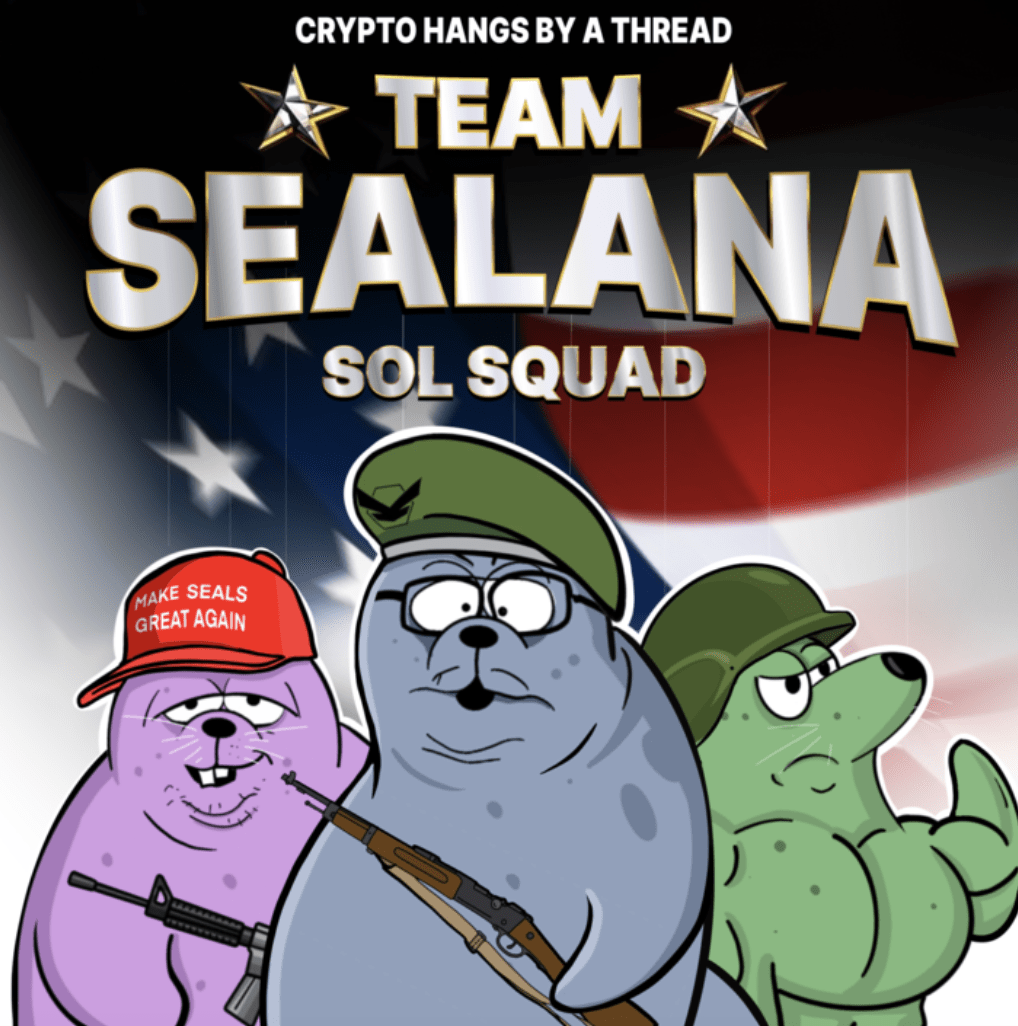Table of Contents
One of the most notable advancements in recent years has been the rise of Layer 2 (L2) solutions.
These secondary blockchain networks have been instrumental in enhancing the scalability and efficiency of primary Layer 1 (L1) blockchains like Bitcoin and Ethereum. By offering swifter transactions and minimized fees, L2 cryptos are carving out a significant niche in the cryptocurrency ecosystem.
Layer 2 solutions employ various techniques, including state channels, Rollups, and Plasma, each differing in its implementation and functionality. Yet, they all share a common goal: to offer users a faster, more cost-effective alternative to transacting on the primary blockchain without compromising on security.
Best L2 Game-Changers
As we stand in 2023, the market cap of Layer 2 cryptos hovers around $10 billion. Several L2 tokens are drawing the attention of both investors and crypto enthusiasts, promising to redefine our interaction with blockchain technologies.
After meticulous evaluation based on transactional throughput, security robustness, and decentralization levels, we've curated a list of the most promising Layer 2 tokens for potential investment in 2023.
#1. opBNB
opBNB is a Layer 2 scaling solution tailored for the BNB Chain, aiming to revolutionize transaction speeds and costs using optimistic rollups. Built on the robust OP Stack, opBNB is designed to alleviate the mainnet's workload, enhancing the BNB Chain's performance amidst surging demand.
This L2 network prioritizes high throughput without compromising security, leaning on the BNB Chain for the ultimate validation of its transactions.
After a rigorous testing phase spanning over a month, during which it impressively processed over 7 million transactions from 435,000 unique wallets, opBNB's mainnet was launched on August 16, 2023. Unlike many L2 solutions predominantly focused on the Ethereum network, opBNB sets its sights on scaling the BNB Smart Chain (BSC).
The BSC, known for its compatibility with the Ethereum network and faster transaction speeds, now stands to benefit immensely from opBNB's capabilities. With the promise of transactions costing as low as $0.0005 and a design that allows it to function as a standalone execution environment, opBNB is poised to redefine the BSC's scalability and efficiency.
#2. Patex Network
Patex Network is a unique Layer 2 blockchain solution specifically designed to cater to the issuance and tracking of Central Bank Digital Currencies (CBDCs) and other cryptocurrencies.
Originating as a fork of Optimism, Patex Network integrates both centralized and public infrastructures, offering a versatile platform for regional CBDCs and other currencies to be developed and issued.
At its core, Patex Network aims to bridge the gap between regulators and users, ensuring that the network and its transactions remain under appropriate regulatory oversight.
The network's foundational philosophy revolves around transparency and accessibility, positioning it as an ideal solution for regional regulators.
Talking about its innovative features, it introduces the "Proof Of Value" (PoV) system, which rewards users for recording transactions on the blockchain. Additionally, the "PoV Validators" system benefits validators within the network. With this system, a select group of stakeholders, capped at 100, receive 50% of transaction fees. The remaining 50% is allocated to the Patex Network team, ensuring consistent technical support.
It is projected that with the introduction of CBDC in Latin America (Brazil, Argentina, Peru, and others), the adoption of this blockchain will only rise.
#3. Mantle Network
Mantle Network is an Ethereum Virtual Machine (EVM)-compatible Layer-2 (L2) scaling solution, leveraging Optimistic rollups. By executing transactions off-chain and settling them on-chain, Mantle ensures efficiency.
In 2023, Mantle integrated with the BitDAO ecosystem, forming a unified brand and token, Mantle (MNT). The merger positioned Mantle's treasury as the crypto industry's largest, valued at over $3 billion. Additionally, a $200 million fund was allocated for dApp development on Mantle.
Mantle's unique modular design separates key blockchain functions across layers, enhancing scalability and efficiency.
The network employs EigenDA technology on the EigenLayer for data availability, ensuring security and high transaction throughputs. Mantle's ecosystem comprises sequencers, rollup verifiers, DA nodes, and TSS nodes, each playing a crucial role in transaction processing and validation.
Additionally, Mantle's bridge promotes asset interoperability between Ethereum and L2. Governance is off-chain, with Mantle Improvement Proposals (MIPs) guiding network enhancements after endorsement by MNT token holders.
#4. Base
Developed jointly by Coinbase and Optimism, Base recently launched its mainnet, boasting a Total Value Locked (TVL) of $160 million. This L2 platform provides decentralized applications (dApps) access to Coinbase's vast suite of products and its 110 million-strong user base, holding assets worth over $80 billion.
Prominent DeFi protocols like Aave, Compound, Sushiswap, and Uniswap have already integrated with Base. The platform's architecture, part of the Superchain vision, ensures shared security and a unified communication layer. Base benefits from the upcoming Ethereum upgrade, EIP-4844, which promises reduced data availability costs, translating to lower transaction fees for users.
Base's features include high security anchored by Ethereum, Coinbase's backing, EVM compatibility, and significantly lower fees compared to Ethereum.
While Base currently earns through sequencer fees, its primary focus remains on enhancing utility and fostering innovation. As Base evolves, it aims to achieve higher decentralization levels, aligning with Ethereum's security standards.
#5. Linea
After developing MetaMask (the most popular crypto wallet), Consensys has taken on the development of the L2 solution — Linea. The project recently announced its mainnet alpha, showcasing its potential as a next-generation Ethereum-equivalent zkEVM network.
This blockchain leverages zero-knowledge technology, rollups, and advanced features like quantum-resistant lattice-based cryptography to offer a more scalable and efficient Ethereum experience.
Prominent Ethereum projects are actively exploring building on Linea, given its promise of improved transaction fees and enhanced user experience. The platform's architecture is rooted in its zero-knowledge proofs, ensuring transaction authenticity without compromising on privacy. Linea also stands to benefit from the broader Ethereum ecosystem's advancements, ensuring it remains at the forefront of L2 solutions.
Disclaimer: This article is provided for informational purposes only. It is not offered or intended to be used as legal, tax, investment, financial, or other advice.
Investment Disclaimer










